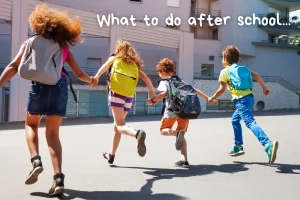
- Trusted by Over 2000 Schools Nationwide
- Top-Rated PD Provider ★★★★★ 4.77
- Save with our Kits & Packages – Shop Now! →
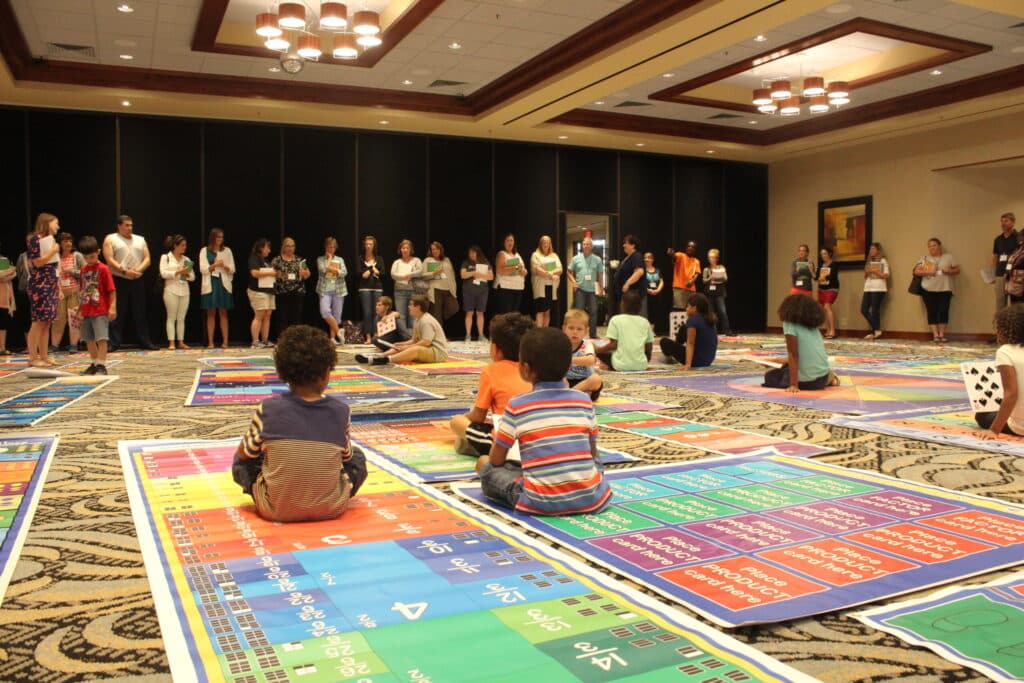
The average five-year-old can have an attention span of five minutes. These short five minutes makes it challenging for educators to effectively communicate key concepts. Especially when they are sitting near talkative or restless peers or content is not presented in their natural learning style.
Standard teaching approaches often focus on auditory methods and leave out kinesthetic and visual learners. “Because adolescents have not biologically developed strong auditory skills, at-risk students are particularly unlikely to remember at least 70 percent of what they hear or read and thus either do not read well or cannot maintain concentration when they are not interested in the required reading” (Honingsfeld, 221).
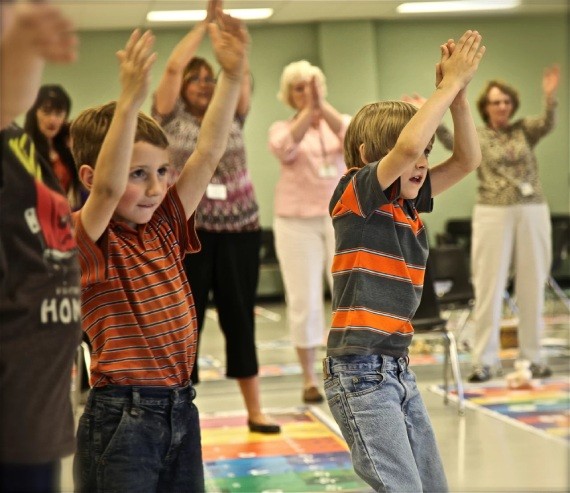
Kinesthetic learning, on the other hand, helps at-risk students focus, learn, and have fun. The benefits of kinesthetic learning are amplified when spatial thinking is also triggered. Spatial thinking has been shown to be especially helpful when learning math. By inviting children to start experimenting and physically interacting with math, other benefits are magnified.
Connecting gestures with the mathematical concepts being learned by students creates an opportunity for the information to be retained as well as increases the ability for spatial learning (Abrahamson, McDougall, Ross) (Newcombe 2010). Not only is spatial learning important in learning math, but it is also helpful in the broader STEM (Science, Technology, Engineering, and Mathematics) community. Einstein himself utilized spatial thinking!
Unfortunately, not everyone understands the importance of spatial thinking. Children at risk of academic failure and children who are “typically performing” are those who try to succeed at the highest level, but often fall short and stay in the average level. These children include students who are homeless, living in poverty, do not speak English, have been diagnosed with a learning disability or grow up in isolated communities.
It is often difficult for such students to stay interested, concentrate, take learning seriously, or even sit still for more than a few minutes when attempting to learn. The frustration of wanting to learn but feeling unsuccessful leads to restlessness and inability to focus. This even happens with visual and auditory cues from slideshow presentations and video streaming.
Kinesthetic learning is the first key to shifting their restlessness and helping them be more successful. But even that is not enough – multiple elements need to be integrated including movement, visuals, and sounds. Honingsfeld and Dunn state that “at-risk learners often are attentive to visual elements. Therefore, all tactile and kinesthetic resources that teachers use, create or ask their students to create should include colorful pictures, diagrams or other eye-catching images that reflect the content students need to master”. In this way, Educators can help every student learn successfully and be like Einstein (Honingsfeld, 221).
Movement isn't just for recess
Want to get started with movement-based learning right now? Enter your email to get our training manual with over 250 active math movements. No materials necessary!


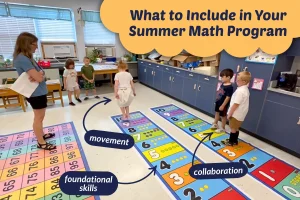
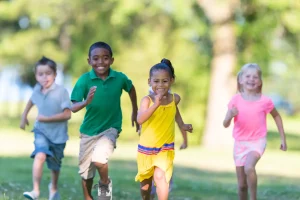
Subscribe to Our Newsletter
We never share or sell your data.
Please leave your email and a quick note for us. We will get back to you soon! In the meantime, here are answers to some of our most common questions:
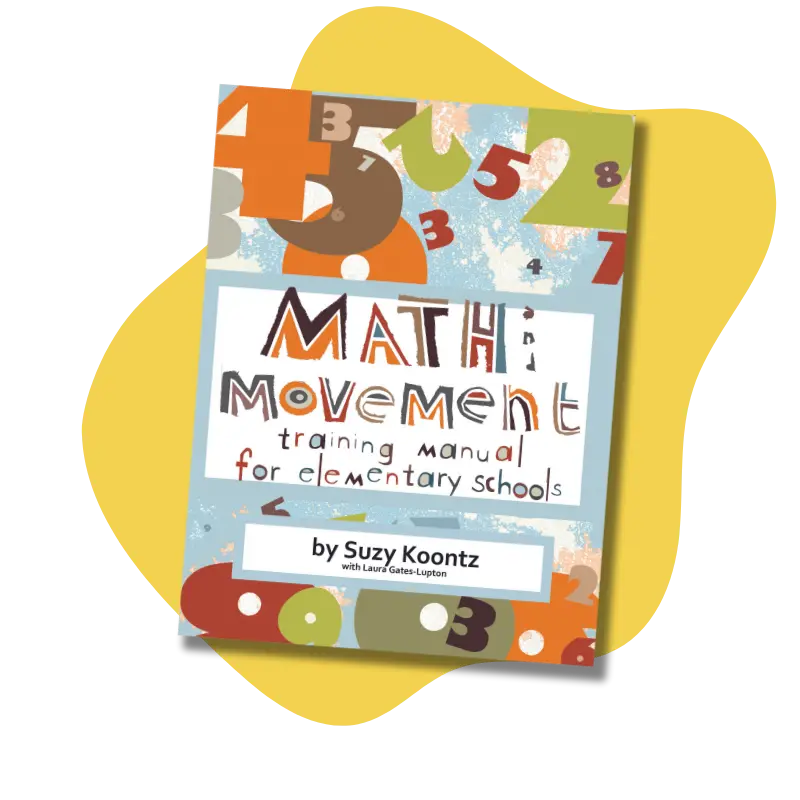
Enter your email to get our training manual with over 250 active math movements. No materials necessary!
We never share or sell your data.